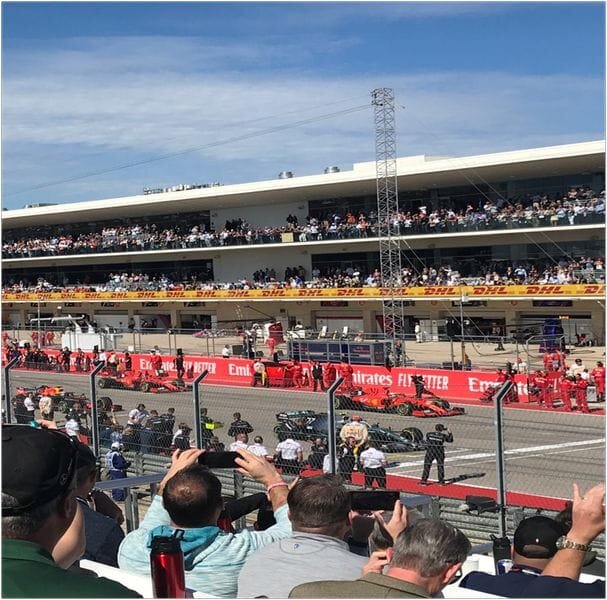![US Grand Prix starting line in Austin TX [Source: Photo by Ian D. Brown]](https://fabbaloo.com/wp-content/uploads/2020/05/image-asset_img_5eb08d37efe26.jpg)
Charles Goulding, Preeti Sulibhavi and Ian D. Brown examine the use of 3D printing and additive manufacturing by the world’s major Formula 1 Racing teams.
Formula One (F1) racing is one of the world’s leading sports competitions. We just returned from the U.S. Grand Prix in Austin, Texas where the Mercedes team was named the winner. What makes this sport unique is the fact that the world’s leading car manufacturers and other high-performance companies strive to demonstrate that they have the best-in-class, highly engineered products.
Innovation is the essence of Formula One (F1) racing and building lighter, higher performance parts is now embraced by virtually all of the top ten teams. Leading 3D printing product providers such as Stratasys, Jabil and 3D Systems have all partnered with their hoped-for champion.
F1 3D Printing Activities
Let’s examine the 3D printing work currently taking place at each of the major F1 racing teams:
McLaren F1 Team
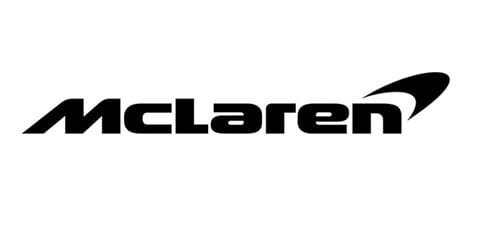
McLaren has agreed to a new four-year deal with Stratasys, under which the 3D printer manufacturer will supply McLaren with several 3D printing and additive manufacturing solutions.
Renault F1 Team
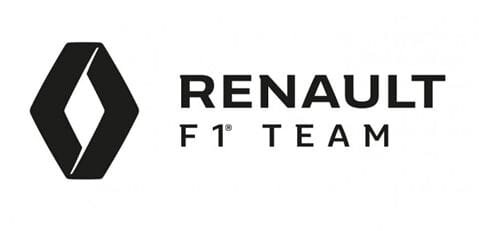
Renault partnered with Jabil to produce F1 car parts more efficiently and economically using 3D printing. This has boosted parts availability for the team and increased overall productivity. Jabil has expanded 3D printing facilities across the globe.
Racing Point F1 Team

3D Systems is an official supplier of 3D content-to-print solutions for Racing Point F1. This arrangement provides the Formula 1 team with time and cost effective design & development solutions. Real parts are produced directly from digital input.
Scuderia Ferrari

To gain a competitive advantage Ferrari is utilizing 3D printing to develop their new Formula 1 engine. This includes an innovative, new piston design. They are testing using steel alloys as opposed to aluminum.
Red Bull Racing

Red Bull racing has utilized 3D printing to produce prototype parts, which are then tested in a wind tunnel. The parts were produced for a 60% scale race car, which helped gauge effectiveness before production.
Toro Rosso

Welcoming RDS as a partner, Toro Rosso now has new product developments for motorsports, with solid engineering skills and streamlined production processes. This partnership includes more efficient and precise CFRP moulding and 3D printing operations while respecting product architecture.
Alfa Romeo Racing

Alfa Romeo is benefitting from 3D printed SLS parts. 3D printers have enabled formula constructions not possible by conventional methods such as milling, turning or casting. Incorporating new 3D Systems ProX 800 SLA 3D printer in Hinwil, Switzerland, Alfa Romeo is pioneering 3D printed designs in Formula 1 racing.
Haas F1 Team

Haas has a new American “dream team” that will presumably be developing 3D resources.
Williams Racing
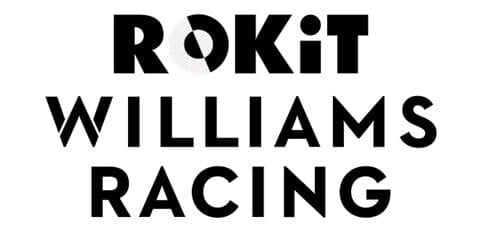
Williams utilizes EOS 3D printed carbon-fiber reinforced polymide, a challenging material to 3D print. 3D printed titanium parts create a weight-savings of 80 grams and a production displacement of stress from 1.8 mm to 0.6 mm.
Mercedes AMG Petronas Motorsport
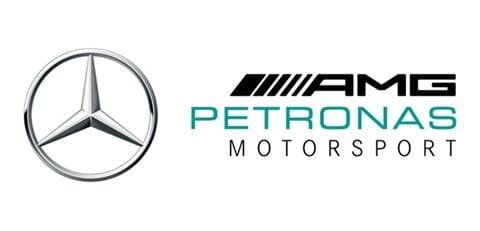
Mercedes has been intentionally secretive about releasing 3D printing information.
The Research & Development Tax Credit
Enacted in 1981, the now permanent Federal Research and Development (R&D) Tax Credit allows a credit that typically ranges from 4%-7% of eligible spending for new and improved products and processes. Qualified research must meet the following four criteria:
-
Must be technological in nature
-
Must be a component of the taxpayer’s business
-
Must represent R&D in the experimental sense and generally includes all such costs related to the development or improvement of a product or process
-
Must eliminate uncertainty through a process of experimentation that considers one or more alternatives
Eligible costs include US employee wages, cost of supplies consumed in the R&D process, cost of pre-production testing, US contract research expenses, and certain costs associated with developing a patent.
On December 18, 2015, President Obama signed the PATH Act, making the R&D Tax Credit permanent. Since 2016, the R&D credit can be used to offset Alternative Minimum Tax (AMT) for companies with revenue below $50MM and, startup businesses can obtain up to $250,000 per year in payroll tax cash rebates.
Race to the Finish Line…
Formula One is an exciting sport that captures the world’s attention. By partnering with teams in this sport, the 3D printing industry can benefit from the excitement and create advanced product applications.

